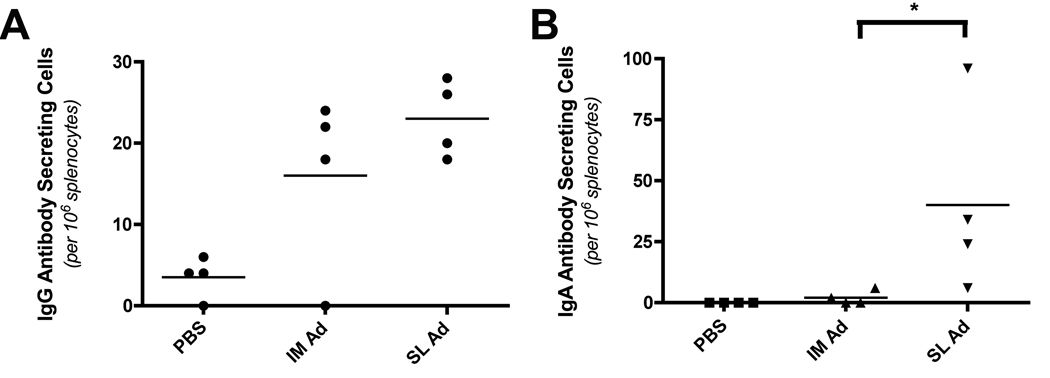Figure 7. Sublingual delivery of an Ad5 vector expressing oligomeric HIV-1 Env (gp140) elicits Env-specific IgG and IgA antibody secreting cells (ASC) in spleens of immunized mice.
An Ad5 vector encoding oligomeric HIV-1 Env (Ad) was administered to female BALB/c mice via the SL or IM route at a dose of 1×108 VP. At day 28, and again at day 56, animals received a booster immunization with the same vaccines/routes, and at day 63, animals were sacrificed and samples collected for analysis. (A, B) Quantitation of the numbers of ASC producing Env-specific IgG (A) or IgA (B) in spleens from immunized mice. Splenocytes were processed into single cell suspensions and then coated onto ELIspot plates (Millipore) coated with YU2 gp140. AP-conjugated anti-mouse IgG (Southern Biotech) or anti-mouse IgA (Southern Biotech) were then added, as appropriate, and HIV-1 Env specific IgG or IgA secreting cells were detected and quantitated using a colorimetric AP substrate. Data represent the mean number of ASC per 106 splenocytes plus or minus SEM, calculated from 4 mice per group. Results shown are representative of 2 experiments, performed with similar results. *: Denotes a statistically significant difference in the number of ASC producing Env-specific IgA in spleens from mice immunized with Ad:gp140 via the SL route versus mice immunized via the IM route (p=0.0286, Mann-Whitney test).

